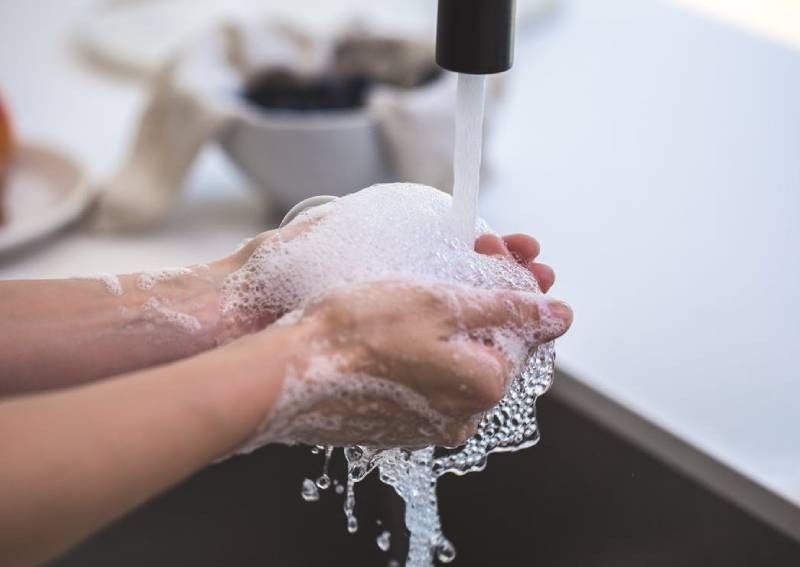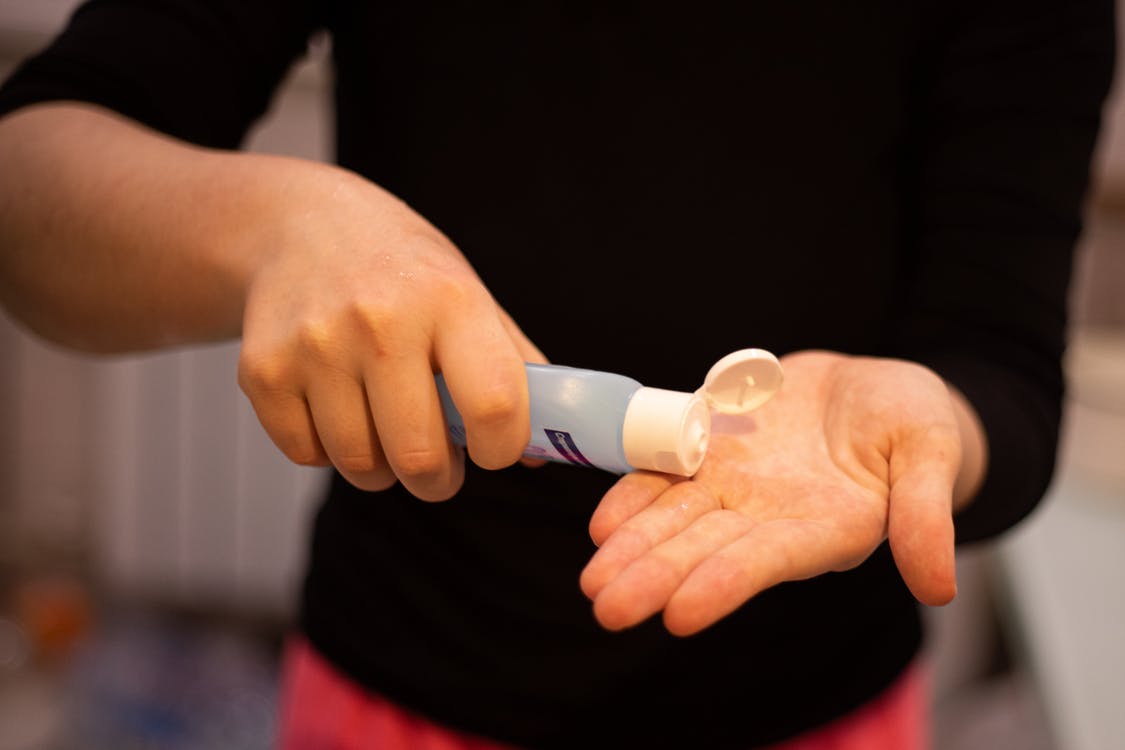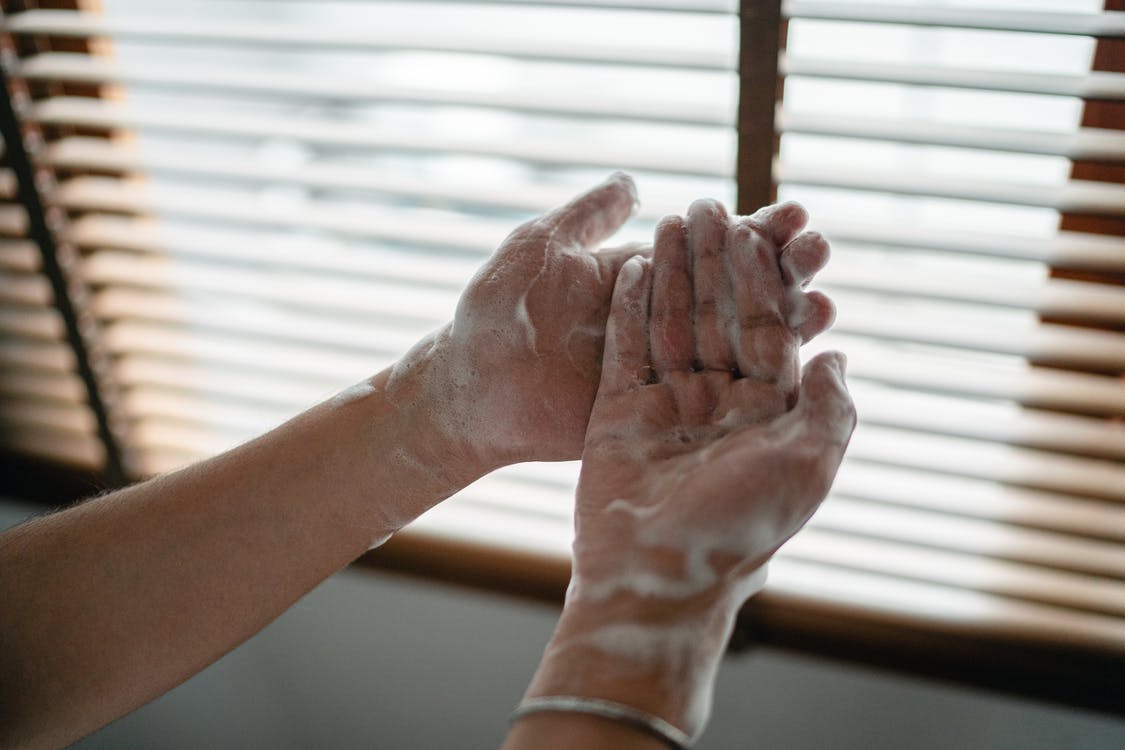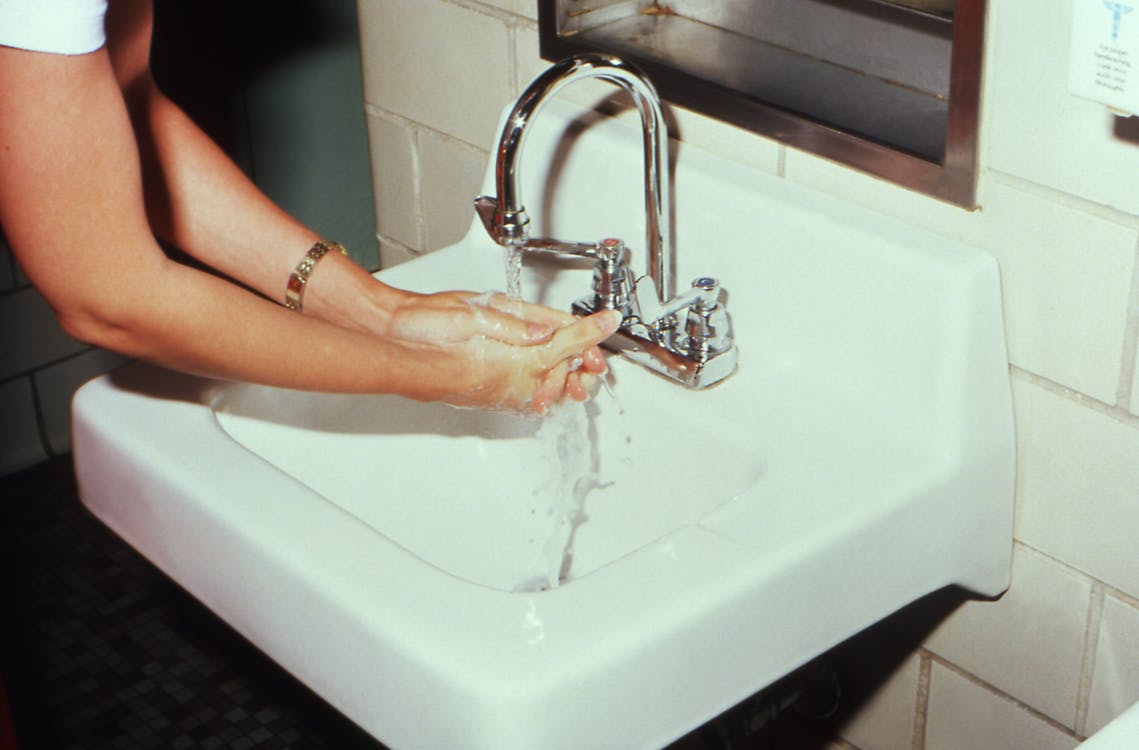Hand washing vs hand sanitiser: How effective are they?


Masks and safe distancing measures are now a must for anyone stepping out, but maintaining good hygiene remains a cornerstone of the battle against the coronavirus.
Local firms making hand sanitisers have seen a nearly four-fold increase in demand because of the Covid-19 outbreak. Thankfully, we have seen an increase in hand sanitiser supply, and have seen various initiatives to equip households, schools, and establishments with hand sanitisers.
While hand sanitising is certainly a more convenient option to washing your hands with soap and water, here are some interesting things to consider.

As you navigate the turbulence of ‘socially distanced’ life, hand sanitiser sales have skyrocketed.
For those of you still on the go, it is a helpful product to have on hand. Alcohol-based sanitisers can kill up to 99 per cent of germs on the skin. Whenever you don’t have access to soap and water, hand sanitisers are an easy, accessible solution.
However, though alcohol-based hand sanitisers have become a popular method for eliminating germs, washing your hands is still one of the most effective ways to kill bacteria on the surface of the skin. In certain contexts, hand washing disinfects the skin in a way that sanitisers alone cannot achieve.
For the majority of people, washing your hands is more about doing so consistently than it is about incorporating it into your routine.
The differences between hand sanitiser and hand washing are marginal but important.
For example, hand sanitiser is not capable of killing the number of germs that hand washing can. Multiple strains of bacteria that can cause infection are impervious to hand sanitiser’s cleansing properties. The same goes for harmful chemicals like heavy metals and pesticides.
People also tend to use too little sanitiser or wipe their hands before it has fully dried. When hands are visibly greasy or dirty or have possibly come into contact with bacteria or noxious chemicals, the lather created by soap and water serves as a more effective means of breaking down pathogenic germs.

When hands are washed with soap and water, any microorganisms on the skin are surrounded by soap molecules. Soap molecules are hydrophobic and have a hybrid design, meaning their heads bond to water, while their tails are repelled by it.
This allows their antimicrobial properties to work in tandem with water molecules, binding their bacteria-fighting lather to the oils and fats in whatever harmful substances our hands have come into contact with.
The fragments of debris and destroyed viral elements are then trapped by soap within tiny bubbles called micelles, which wash away in water.
Soap and water work together to deliver maximum germ-killing power. Once soap molecules have breached the lipid layers of most viruses and microbes, and broken them apart, water comes in to remove them from your skin entirely.
The combination of soap and water kills most germs that can threaten our immune system, and just one drop of regular soap combined with water will render many viral and bacterial strains ineffective.

The amount of time you spend washing your hands is the true linchpin in this virus-killing equation. Washing for at least 15 seconds has been shown to kill up to 90 per cent of germs on the skin, and adding an additional 15 seconds can kill up to 99.9 per cent. So take the time to lather up well.
The appropriate frequency of hand washing is a key factor in protecting your health as well. To minimise the likelihood of becoming sick, you should wash your hands prior to food ingestion or preparation, and following bathroom use.
That said, it’s important not to ‘over-wash’ either. Your skin isn’t meant to be sterile; 25 to 30 per cent of people have staph germs living on their skin with no ill effects. For optimal cleansing results, be sure to wash well and often, but not so much that skin incurs dryness or cracks. Because those very cracks are the conduits harmful bacteria use to work their way inside you.
There is a battle for your health that happens on the microscopic level, and traditional hand washing remains one of the best ways to help push the balance in your favour. Hand washing is a constant reminder that your cellular health needs care and attention. Every time you reach for the faucet, remember that you are helping the “smallest” you: your cells.
This article is contributed by ChromaDex Corp., a science-based integrated nutraceutical company devoted to improving the way people age. ChromaDex scientists partner with leading universities and research institutions worldwide to discover, develop and create solutions to deliver the full potential of NAD and its impact on human health. ChromaDex maintains a website at www.chromadex.com to which ChromaDex regularly posts copies of its press releases as well as additional and financial information about the Company.
This article was first published in theAsianparent.